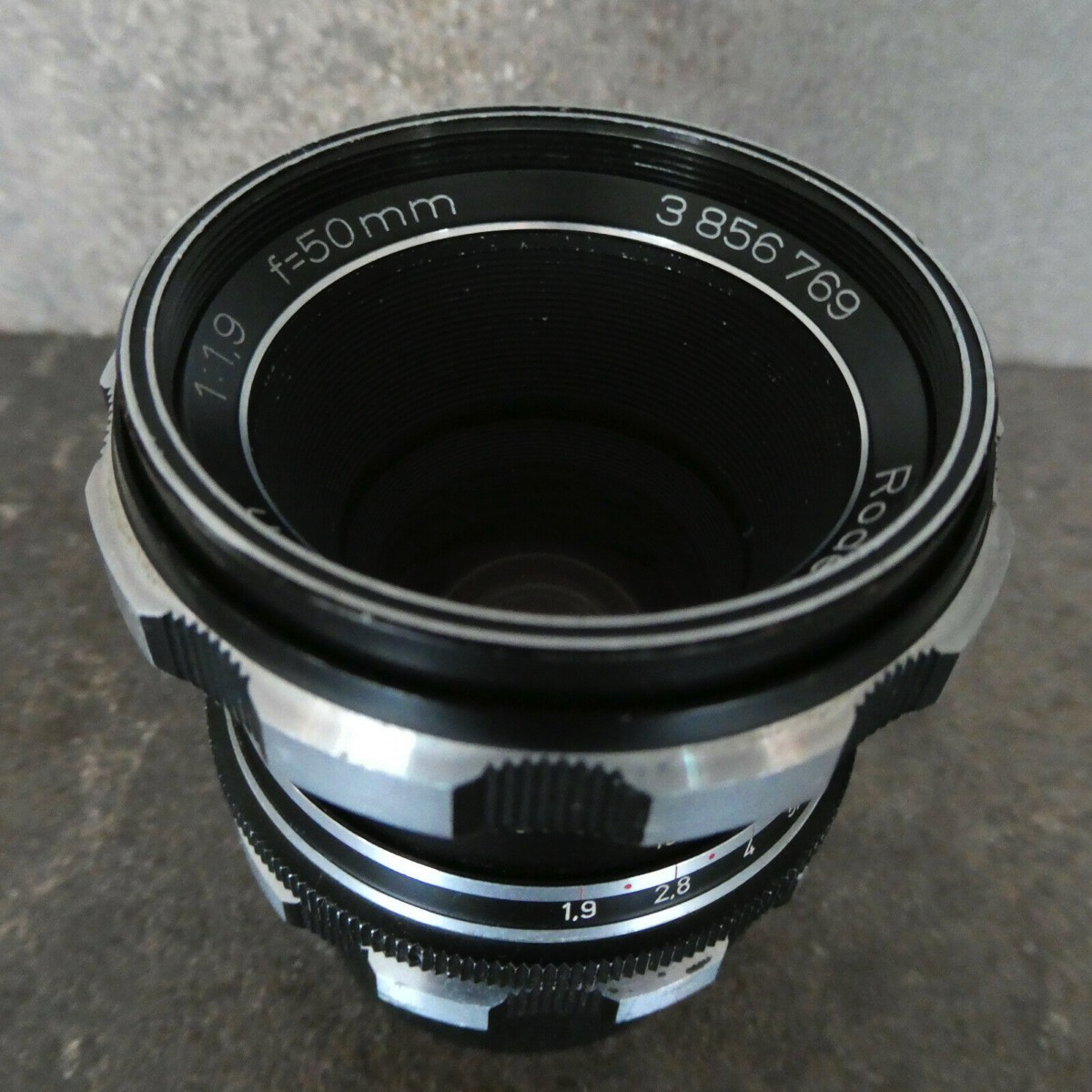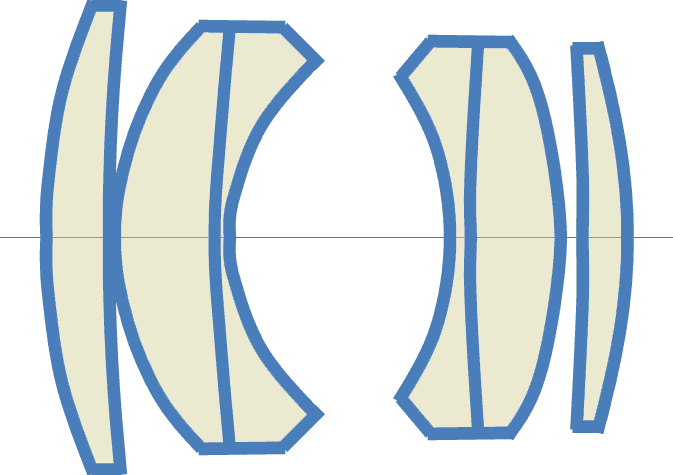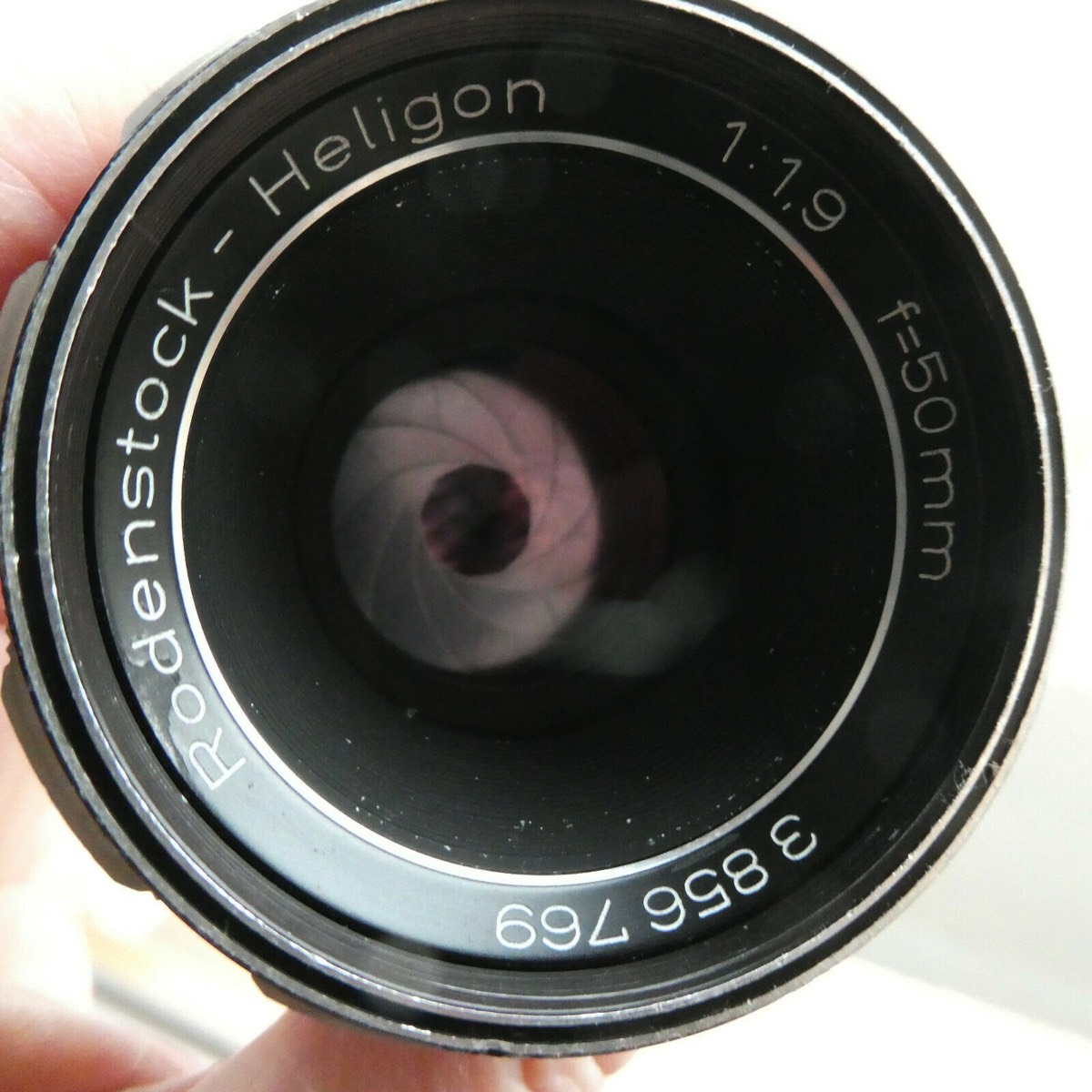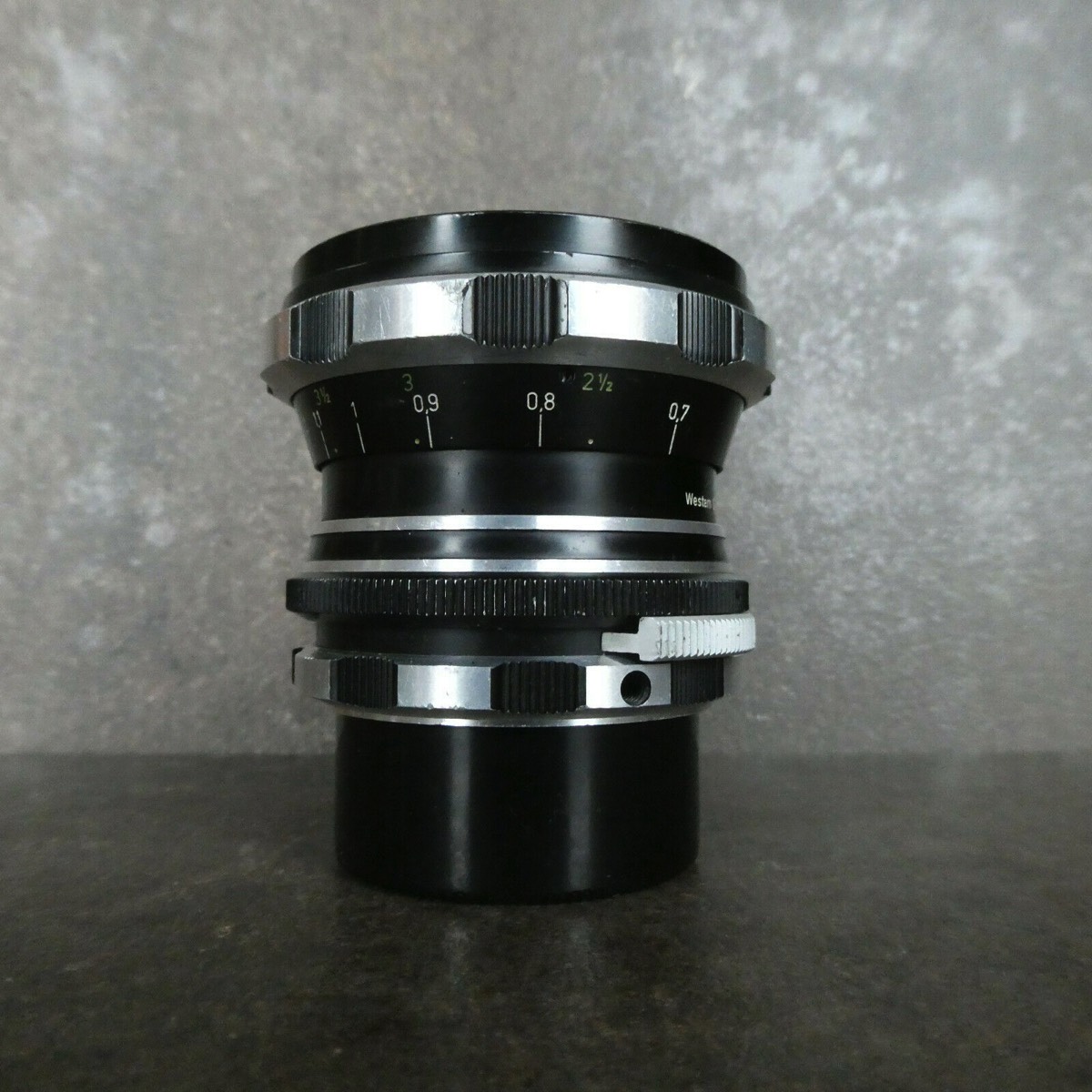This Lens
Rodenstock Heligon 50mm f/1.9 went on sale in 1956. The Rodenstock Heligon 50mm f/1.9 is a fast manual focus prime lens for SLR cameras. It is a much sought-after, rare lens, it has beautiful colours and is very sharp, as such is good for use on modern digital cameras (with adapter).
The optical system is an asymmetric Gauss type with 6 elements in 4 groups, and 6 types of mounts such as M42, EXAKTA, DKL (Deckel), Leica-L (35mm / F2.8), Agfa (50mm / F2), Retina (50mm / F2). Thanks to minimum aperture ratio of f/1.9 enables shooting in low lighting conditions without a tripod or a flash. Thanks to the 9-bladed aperture, the subjects located outside the depth of field are shown with very smooth features.
This lens looks a bit soft at full open but it has its own characters. One of the specialty of this lens is there will be rainbow like flare when point to a strong light source. (especially at full open).
The diaphragm blade consists of 9 pieces. The mount has an aperture interlocking pin and a release hole near the mount. The aperture mechanism is a semi-automatic aperture.
The lens name is derived from the combination of Helios, which means "sun" in Greek, and Gon, which means "horn". According to the US and German catalogs, the prices in 1959 were 405 marks.
This product was purchased via eBay in 2021 at a prompt decision price of 600 euros. The description of the product says good, and the product that arrived was just as good as new.
Summary The used market is unknown, but I have seen it priced at 1800 euros. At this price I wonder if I should sell my lenses as well. But every time I use this lens, realise how unique it is. This lens has a distinctive feature in colour development, and it is interesting that the colour changes depending on the state of light as the shadow portion has a strong bluish tint, and therefore the complementary colour, yellow, becomes lighter. The balance of red is moderate regardless of light and dark, but it is expressed more vividly through Helicon.
White and grey-based colours such as concrete appear to be coloured blue in the shadow area. In addition, the shade in fine weather and the colours after sunset are expressed in cool tone (cold black) as a whole. On the other hand, in the highlight part, the yellow colour becomes stronger and the colour changes to green or yellowish green of plants. A mysterious colour is created as if it was drawn in water-colour.
For general information on lens design and lens elements go to the homepage
HERE







